すべての教師が自分の幸福と自分の仕事を愛するためにそれらを動機サポートストレスフリーな学習のエコシステムで権限を与えられた場合はどう? これは教師にどのような影響を与えるだろう, 学生やみんなの学習? ヴィシャルシャルマは、教室は楽しいことする能力を失っていると考えています, 体験や総合的な学習スペース, 特にインターネットの成長気晴らしを与えられました, ソーシャルメディアと携帯電話.
Sharma founded a holistic teacher training program called “教育におけるSMILES” 中に 2017. SMILESの使命 (「ストレスフリー, やる気, 好奇心旺盛な学習の生態系」) 教育学とマインドフルネスを組み合わせることにより、健康・エコシステムを作成することです, 教室管理に幸福を統合, 学習のための知的好奇心を点火. 今まで, 教育プログラムにおけるシャルマさんSMILESは役立っています 4500 学生と 160 インドの低所得学校の教師. さらに, ニュージーランドの学校, 米国, フィンランド, そしてスペインは彼らのカリキュラムの中にモデルを統合しています.
As an extension to SMILES in Education, Vishal launched “SMILES in Life” this year. It’s a global social initiative to promote physical, mental and emotional well-being for the common man.
教育のためのグローバル検索 welcomes Vishal Sharma to talk about the importance of lifelong well-being for all learners.
ヴィシャル, what inspired you to create SMILES? What well-being techniques did you focus on?
I wanted to make every classroom full of SMILES, fuming with passionate, creative and compassionate people where physical, mental and emotional wellbeing is seamlessly integrated into the learning process.
Keeping track of our wellbeing is the key motivator for enjoying our work with compassion, be it in classroom or elsewhere.
I decided to use wellbeing techniques like mindfulness, 創造性, and positive psychology to develop “SMILES” structures which are short yet powerful and easy to be done by anyone and anywhere. 教室で, while reading or writing or doing any kinesthetic activity, these small well-being routines can be easily integrated for physical de-stressing, improving mental focus as well as fixing any emotional imbalances in the class. Through my experimentation as a “Teach for India” Fellow for 2 years in a low-income school, I found that these “SMILES” structures improved concentration, memorization and recalling power as well as inculcated the values of gratitude, forgiveness, 共感, そして、思いやり.
The learning model I created is “First feel inside, then share outside!” I strongly believe that if teachers can experience the benefits of wellbeing in their own lives, they will surely infuse their own creativity and positivity into teaching. So SMILES program starts with experiential learning for teachers and administrators first and then we move on to students and eventually parents. The uniqueness of SMILES program is that it ensures academics results and cognitive skills (like problem-solving, 批判的思考法, and decision making) also improve if short SMILES anchors are practiced properly and regularly.
Technology will continue to play a greater role in cognitive learning. What do you predict this will mean for the role of the teacher in the future and how can SMILES help?
The role of a teacher is to be a compassionate facilitator to allow the students to discover the knowledge and 21st-century skills they need to become better human beings. I strongly believe technology can’t replace teachers, むしろ, it augments teachers with newer tools and resources to lead the students in their self-discovery. Teachers need to act as active moderators in the learning process, using their experiences and learnings to bring out the creativity of their students.
As technology takes the majority of the load of cognitive learning, teachers will get a bigger role in developing non-cognitive and behavioral skills. This is why “SMILES in Education” should become an essential part of the learning process. SMILES not only improves cognitive skills like concentration and analytical thinking but it also integrates physical and mental well being into classroom teaching. This helps in improving non-cognitive skills and making teachers and students more empathetic and compassionate, resulting in reduced conflicts and less bullying.
How would you describe your greatest accomplishments with SMILES to date and what have you learned?
Our program’s greatest accomplishments are developing short, easy and yet powerful SMILES anchors for sustainable improvements in both cognitive and non-cognitive skills; and these can be seamlessly integrated into regular teaching.
例えば, Mindful Happiness Position (MHP) combined with Positive Programming of Mind (PPM) have helped students to become mentally and emotionally stable even in adverse situations like bullying, conflicts, failures, and examination stress. Teachers found it useful to regain their composure during moments of anger and frustration, and all it takes is a few minutes to bounce back and be resilient. 一方, SMILES anchors like Mindful Focus Position (MFP) and Mindful Writing position (MWP) have provided instant improvement in focus, recalling power and enhancing creativity. Out of a total 2,231 マインドフルフォーカスポジションの有効性調査に参加した学生 (MFP), 30% このアンカーを使用して、生徒の数が即座に想起力を向上させることができました. SMILESプログラムで私が目にする他の大きな成果の1つは、余分なオーバーヘッドがなくても使いやすいため、その「スケーラビリティ」です。. 紹介ウェビナーを通じて, ニュージーランドの学校のリーダー, 米国, そしてスペインはそれを教師や生徒に広めることができます. 実際には, SMILESは世界中のすべての学校に簡単に統合できるだけではありません, しかし、私たちはまた、私たちの焦点を改善するメカニズムとして、それを他の職場や個人の生活に拡張できると信じています, モチベーション, 自尊心, とポジティブなエネルギー. 今、私たちはプログラムを「SMILESinLife」に拡大しました。個人向けのソリューションがあります。, 学校やその他の職場.
What have been the greatest challenges you faced and what have you learned from them?
The greatest challenges for the program have been:
- Lack of priority for well-being training by management as their focus is mainly the improvement of academic results. I used data from my experiments to convince them that SMILES improves academic results as well as 21st-century skills the children need for the future.
- There are already a plethora of technological intensive tools for teachers and additional administrative work, which is lowering their motivation as teachers. We need to ensure new interventions are customized and provided on a need basis to allow room for creativity and well being in classrooms.
- 通常, there is very little regular follow up by school leaders after initial training, so teachers fail to practice any new techniques regularly. To fix this, we have now designed a tracker and are also working on making an App that can be used for self-monitoring and reminders.
- Many teachers fail to take new ideas to the classrooms as they themselves did not try them on their own. That’s why I now say that “You must experience first before you preach to others”. This has been one of the biggest improvements in our learning model.
What’s next for the SMILES learning model? How will you keep the program fresh and relevant? In what other domains might a program like this be useful?
Based on the effectiveness of SMILES techniques in the classroom to bring back motivation and acceptance, I have expanded my program to other workplaces and individuals as well under “SMILES in Life” umbrella. Although my program is going to remain fresh and relevant in the future, to ensure long term sustainability and easier adaptability, I am working on developing an APP based solution which will provide audiovisual training, customized and regular wellbeing reminders as well as a platform for experience sharing to build a true self-sustaining ecosystem of mindful and motivated SMILEing people.
C.M. Rubin and Vishal Sharma
私たちにありがとう 800 プラス グローバル貢献, 教師, 起業家, 研究者, ビジネスリーダー, 学習の未来とのあなたの視点を共有するためのすべてのドメインからの学生と思想的指導者 教育のためのグローバル検索 毎月.
C言語. M. ルービン (キャシー) CMRubinWorldの創設者であります, オンライン出版社は、世界的な学習の未来に焦点を当てました, そして惑星教室の共同創設者. 彼女は3ベストセラー本の著者であり、2つは広くseries.Rubinが受信オンラインで読みます 3 アプトン・シンクレア賞 “教育のためのグローバル検索。」シリーズ, これは青少年のための提唱, で発売されました 2010 そして国が直面している重要な教育問題を探求するために世界中から著名な思想的指導者を結集.
Cに従ってください. M. Twitterでルビン: www.twitter.com/@cmrubinworld

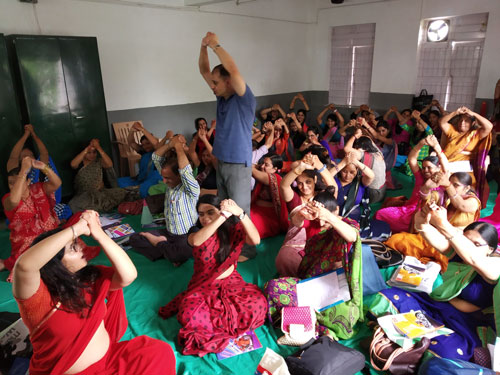

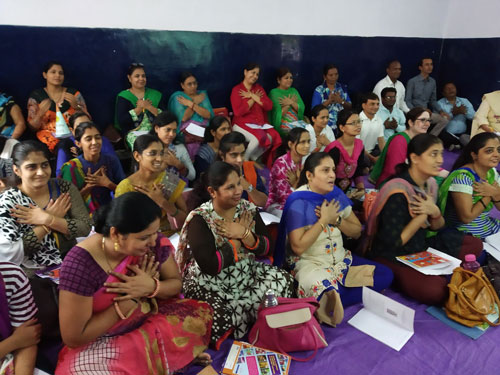
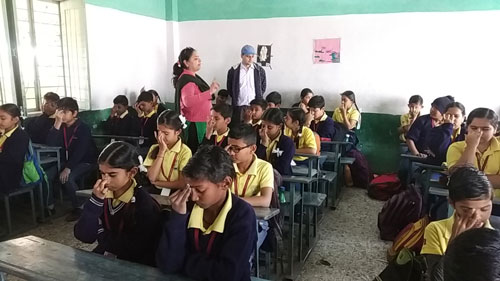
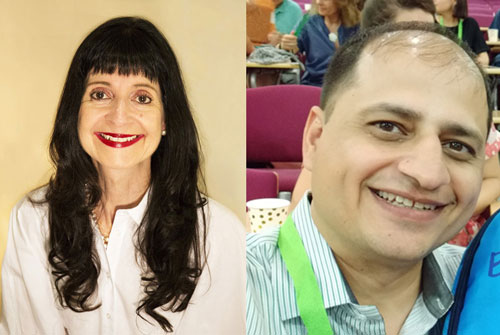
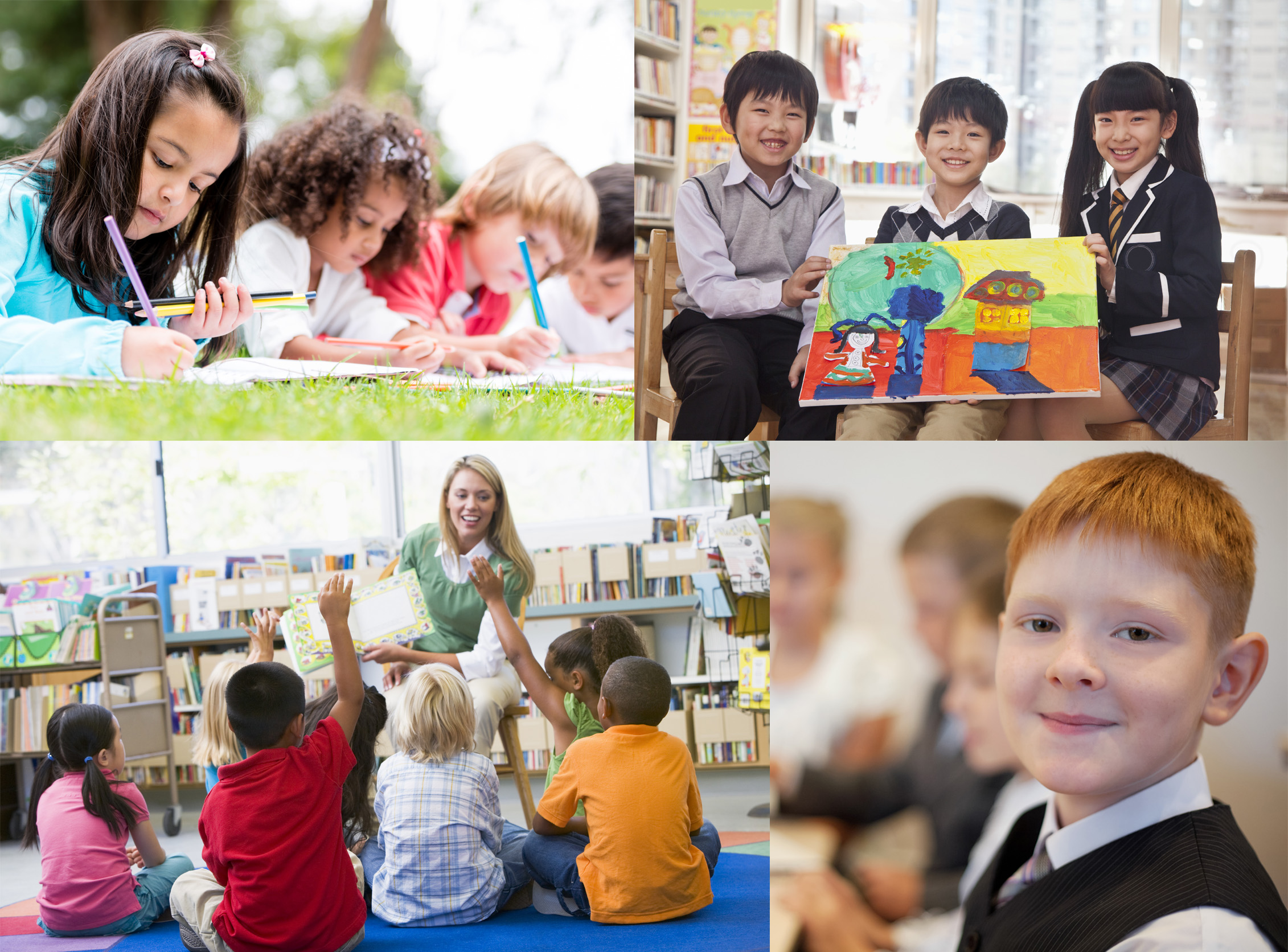

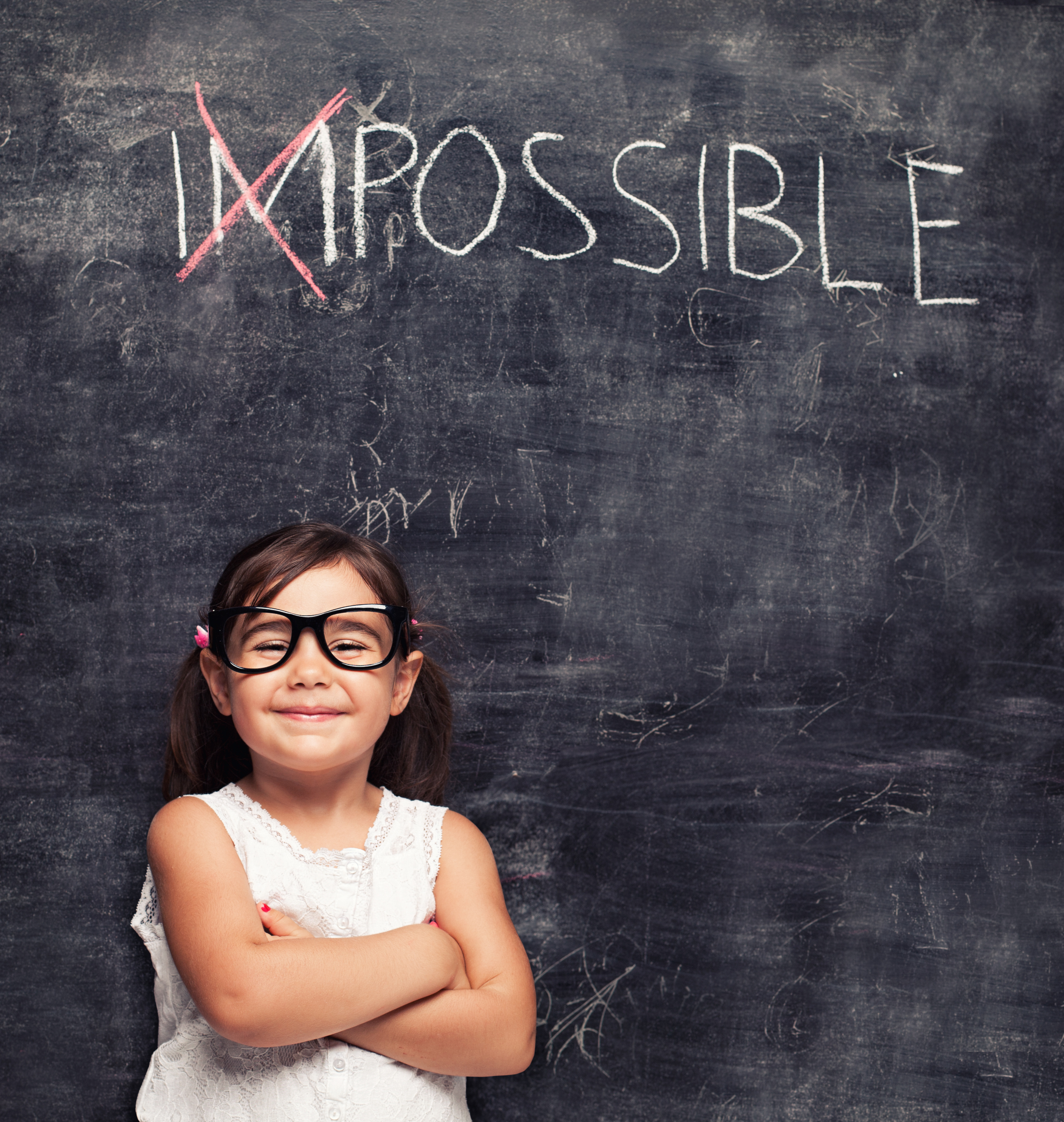
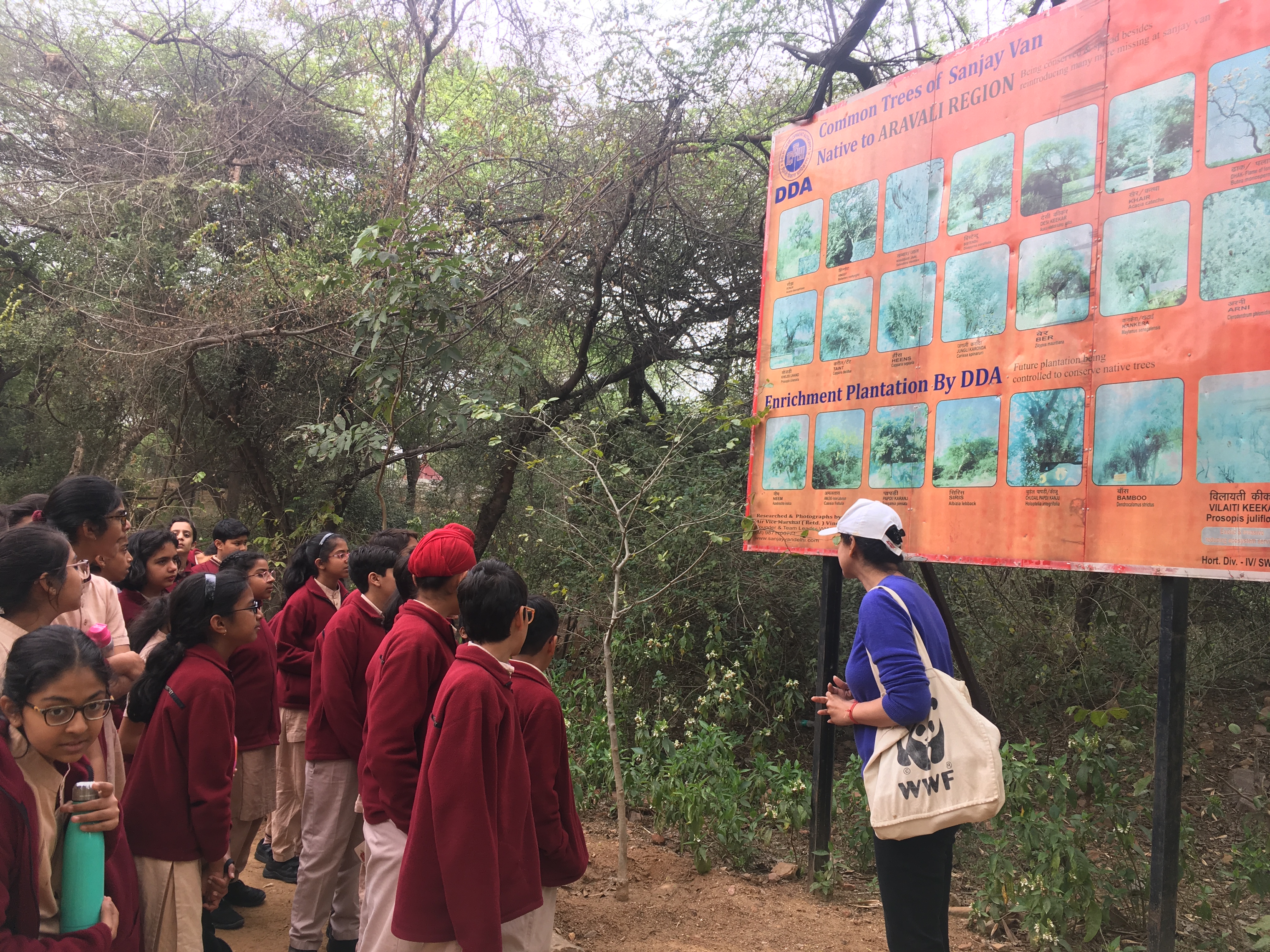
最近のコメント